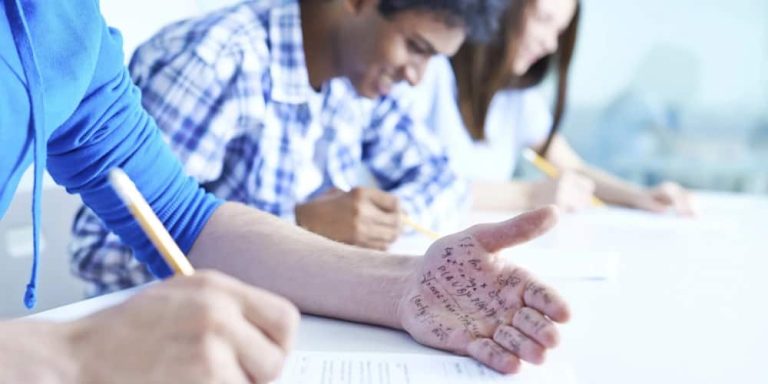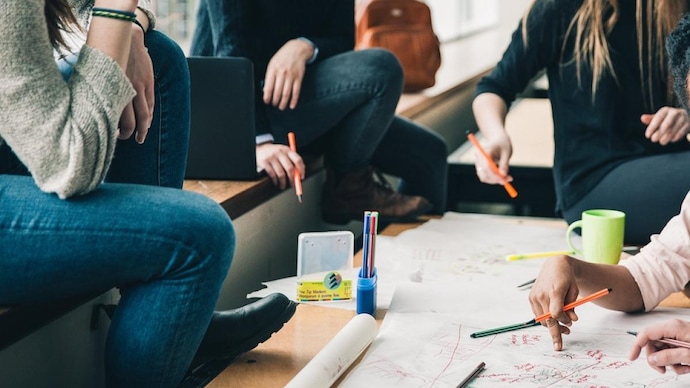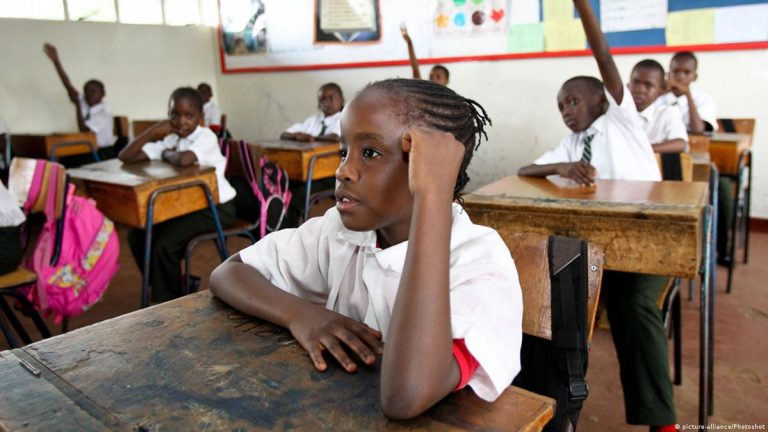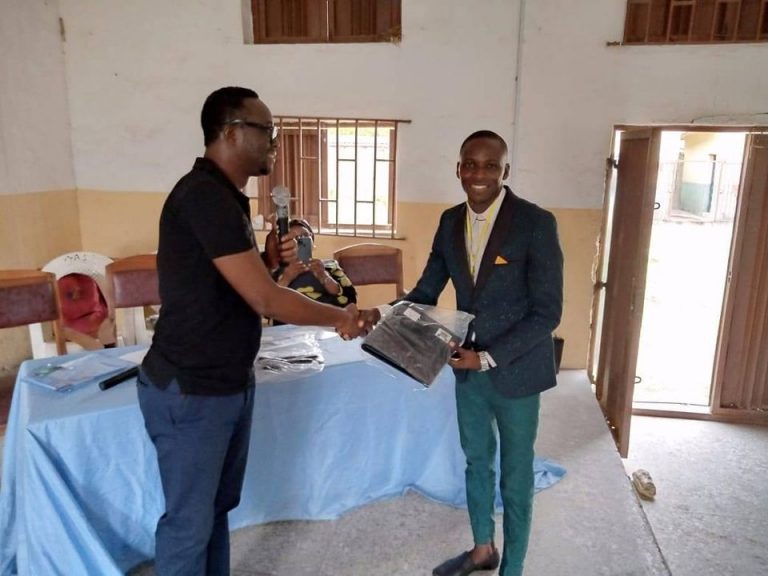MOUSE TECHNIQUES: ICT LESSON NOTE:
WEEK: TEN
NOTE: You Can Get Your Complete Notes In All Subjects For All The Classes In Detail Lesion And Plane From US At An Affordable Price In Pdf Or Word Document Download On Your Computer. Get In Touch With Us On: WhatsApp: +2348102326329/ Call: 08076206066
DATE: 20TH JUNE – 1ST JULY, 2022
CLASS: JSS 1
SUBJECT: INFORMATION TECHNOLOGY
ICT LESSON NOTE: MOUSE TECHNIQUES :
LESSON TITLE
PERIOD: 1ST AND 2ND
DURATION: 80 minutes
LEARNING OBJECTIVES: In the course of the lesson students will:
Describe how the mouse works
INSTRUCTIONAL MATERIAL: Computer system, pictures, charts
KEY VOCABULARY WORDS: device, pointing, gesture, spatial
RESOURCES & MATERIALS: Computer studies for JSS 3 by HIIT Plc.
BUILDING BACKGROUND/CONNECTION TO PRIOR KNOWLEDGE:
The students are already familiar with computer system
CONTENT
ICT LESSON NOTE: MOUSE TECHNIQUES :
Class: JSS 1
Week: ___
Topic: Mouse Techniques
Period: 1
Learning Objectives
By the end of the lesson, students should be able to:
-
Define a mouse and state its functions.
-
List and explain the basic mouse techniques.
-
Demonstrate how to use different mouse techniques.
Key Vocabulary Words
-
Mouse – an input device used to control the cursor on a computer.
-
Cursor/Pointer – the arrow or blinking symbol on the screen that shows where actions will take place.
-
Click – pressing and releasing a mouse button.
-
Drag – moving an item by holding the mouse button and moving the mouse.
-
Scroll – moving up and down a page with the mouse wheel.
Resources and Materials
-
A computer with a mouse
-
Flash cards with mouse techniques written on them
-
Projector or chalkboard/whiteboard
Building Background
Ask students:
-
Have you ever used a computer mouse before?
-
What did you use it to do?
-
Show them a real mouse and ask them to identify the buttons and scroll wheel.
Content (Details of the Note)
Meaning of a Mouse:
Mouse Techniques simply means the different ways we use the computer mouse to give instructions to the computer. The mouse is an input device that helps us control the pointer (or cursor) on the screen.
Here are the common mouse techniques:
-
Pointing – Moving the mouse to place the pointer on an item on the screen.
-
Clicking – Pressing and releasing the left mouse button once. (Used to select an item).
-
Double-clicking – Quickly pressing the left mouse button twice. (Used to open files, folders, or programs).
-
Right-clicking – Pressing the right mouse button once to display a shortcut menu.
-
Dragging – Holding down the left mouse button while moving the mouse to move an object on the screen.
-
Dropping – Releasing the mouse button after dragging to place the object in a new location.
-
Scrolling – Using the scroll wheel (middle wheel) to move up and down a page or document.
👉 In summary, mouse techniques are the basic skills students must learn to operate and interact with a computer effectively.
-
A mouse is an input device used to control the cursor or pointer on the computer screen.
-
It helps in selecting, opening, moving, and controlling items on the computer.
Mouse Techniques:
-
Pointing – Moving the mouse to place the pointer on an item.
-
Clicking – Pressing and releasing the left mouse button once to select.
-
Double-Clicking – Quickly pressing the left button twice to open files or programs.
-
Right-Clicking – Pressing the right button once to display a menu.
-
Dragging – Holding down the left button while moving the mouse to carry an item.
-
Dropping – Releasing the button after dragging to place the item.
-
Scrolling – Rolling the wheel to move up or down a page.
Class Activities
-
The teacher demonstrates each mouse technique on a computer.
-
Students take turns practicing pointing, clicking, and scrolling.
-
Group exercise: Students identify when to use each technique (e.g., to open a folder, use double-click).
Wrap Up / Summary
-
The mouse is an input device that controls the cursor.
-
Mouse techniques include pointing, clicking, double-clicking, right-clicking, dragging, dropping, and scrolling.
Evaluation Questions
-
What is a mouse?
-
Mention three functions of the mouse.
-
State four mouse techniques.
-
What is the difference between dragging and dropping?
-
Which mouse technique is used to open a folder?
Take-Home Assignment
Draw and label a computer mouse showing the left button, right button, and scroll wheel.
STRATEGIES AND ACTIVITIES:
Activity I: The teacher leads by asking the learners about the previous topic
Activity II: The teacher introduces and explains the mouse techniques to the learners.
Activity III: Learners will list the five involved in using of the mouse.
Activity IV: Learners will state the functions of the mouse.
Activity V: The teacher makes necessary corrections and also add to the learners’ opinion
ICT LESSON NOTE: MOUSE TECHNIQUES
WRAP-UP & ASSESSMENT: In order to determine the level of understanding of the topic by the learners, the teacher will ask the following questions:
What are the techniques involved in using the mouse?
ASSIGNMENT:
Draw a well-labeled diagram of a mouse
HOD/VP’S COMMENT & ENDORSEMENT:
NOTE: You Can Get Your Complete Notes In All Subjects For All The Classes In Detail Lesion And Plane From US At An Affordable Price In Pdf Or Word Document Download On Your Computer. Get In Touch With Us On: WhatsApp: +2348102326329/ Call: 08076206066
You Can Get Complete Lesson Note Download On Your Phone Now By Click The Link Below For Each Class:
IMPACT BASIC SCIENCE J S 1
IMPACT BASIC SCIENCE J S 2
IMPACT BASIC SCIENCE J S 3
TRANSFORM LIVES WITH DIVINE GUIDANCE WITH IMPACT COMPLETE BASIC SCIENCE LESSON NOTE
Dear Fellow Educators,
Are you seeking to make a divine impact in your students’ lives? The Impact Complete Basic Science Lesson Note is more than just a lesson plan—it’s a God-inspired guide designed to transform the lives and destinies of your students. This is your opportunity to go beyond the ordinary and touch the hearts and minds of your students in ways that last a lifetime.
Why Choose Impact?
Divine Inspiration: Crafted with God’s guidance, this lesson note empowers you to inspire your students to greatness, unlocking their leadership potential.
Transformative Teaching:
Equip your students with knowledge that applies to their daily lives, shaping them into future leaders with purpose and direction.
Legacy of Impact:
Build an eternal legacy by transforming the mindset of your students, helping them realize their God-given destinies.
This is more than teaching; it’s a calling.








